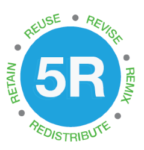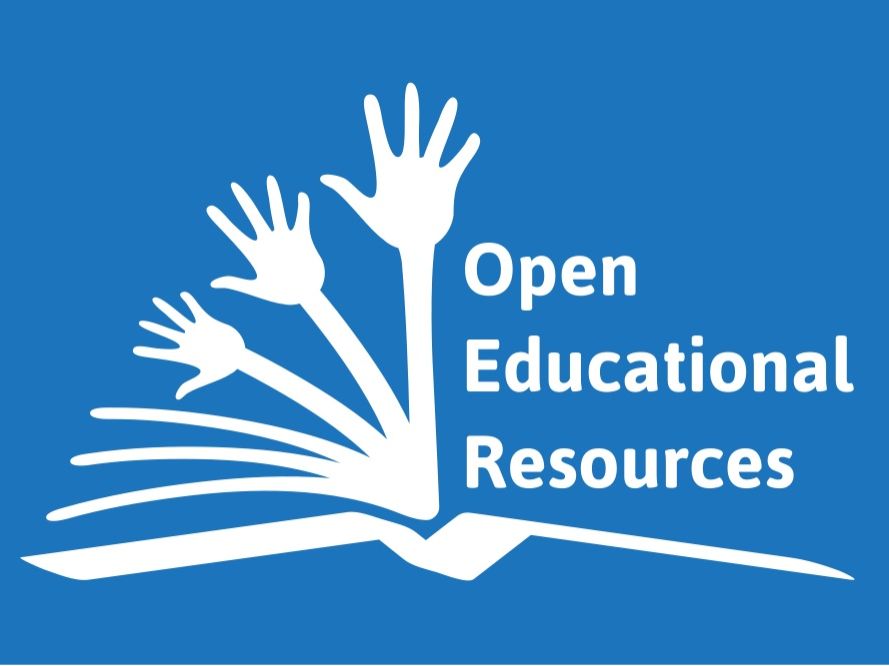Do you OER already?
Open Educational Resources, or in short OER, can greatly benefit both students and staff. In order to understand your familiarity and expectations towards OER, we hope you accept our invitation to share your experiences to hear about your use of OER as well as your experience in sharing (open) resources.
Do you OER already?
Perhaps you already use OER in your courses or you might be sharing your own educational material with colleagues, maybe even outside the boundaries of our university? If so: let us know!
We would very much appreciate if you share your experiences and ideas with us. Send us a message and we will contact you to put your practice in the spotlight in the upcoming Open Education Week (7-11 March).
What are OER?
Open Educational Resources (OER) are teaching, learning and research materials in any medium – mostly digital – released under the terms of an open license, e.g. Creative Commons. This means that these resources can be freely used for educational purposes. This gives the opportunity to offer more (varied) resources to your students to gain insight in what you teach.
 OER can vary from something as small as a class handout or image to something as large as a textbook or online course. However, to be considered a true OER the license should give you, the user, the right to retain, reuse, revise, remix, and redistribute the material for educational purposes. Better known as the 5Rs.
OER can vary from something as small as a class handout or image to something as large as a textbook or online course. However, to be considered a true OER the license should give you, the user, the right to retain, reuse, revise, remix, and redistribute the material for educational purposes. Better known as the 5Rs.
OER in the library collection
The wide range of OERs available on the Internet makes finding relevant and high quality learning materials a challenge. Therefore, we made a selection of various repositories with OER, mainly multidisciplinary, to inspire and motivate you.
Sharing OER yourselves
Next to (re)using OER, you can of course also share material yourselves.
Examples are the Dariah Teach initiative (FASoS) or the TOOL Anatomy platform (FHML). In the first example more than 70 scholars and practitioners have developed content for a joint educational programme. From translating existing courses, to developing case studies, and contributing videos, used by many other academics.
The Anatomy tool is a result of a project in which Maastricht University (UM) and Leiden University Medical Center (LUMC) have been joining forces with Dutch and Flemish anatomy departments to develop an open learning platform in which quality-controlled anatomy content and learning resources care freely available to all.
We hope to share your initiative in the upcoming future!
Author: Library OER project team
![]()
This article is licensed under a Creative Commons Attribution 4.0 International (CC BY 4.0) License.

Library update
Last updated: 26/01/22

0 Comments